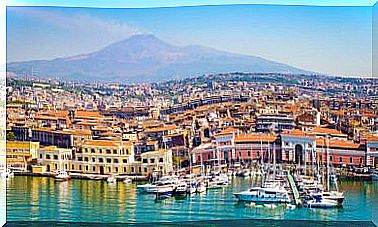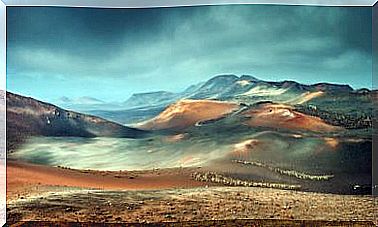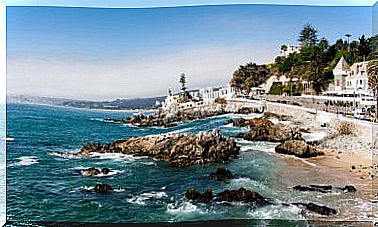Altitude Sickness: Causes, Symptoms And Prevention
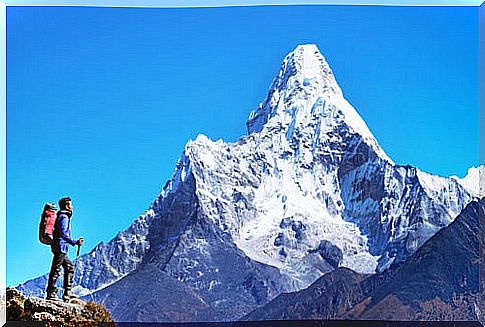
Altitude sickness is a frequent problem in travelers who go to places over 2,500 meters high. It usually brings very specific symptoms such as dizziness, headaches and lack of oxygen. On this occasion, we will tell you more about altitude sickness and how to prevent it.
What is altitude sickness?
Also known as “acute mountain sickness”, it is the lack of adaptation of the body to the lack of oxygen or hypoxia due to the altitude. The severity of the problem is directly related to the speed with which you ascend and the altitude that is reached.
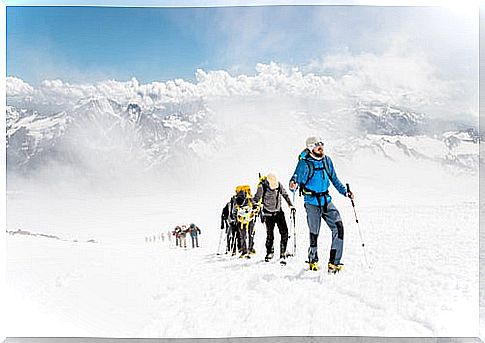
Altitude sickness begins at 2400 meters above sea level and occurs up to the highest parts of the planet (more than 7500 meters above sea level known as “death zones”). It is more common in people under 50 years of age and who live in areas up to 1000 meters in altitude.
As the atmospheric pressure decreases with altitude and this affects the availability of oxygen, the pulmonary alveoli cannot transport oxygen to the blood as they normally do.
To this could be added the dehydration caused by a rapid loss of water in the form of steam due to the effort when ascending a mountain. In that case, the picture may be more serious or the symptoms appear faster.
Symptoms and prevention of altitude sickness
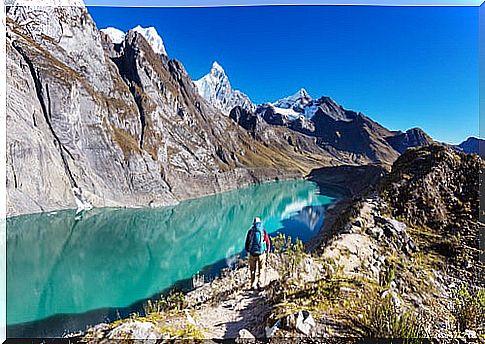
People who have experienced this syndrome indicate that the symptoms are similar to a hangover or having the flu. Dizziness, disorientation, vomiting or nausea, feeling of exhaustion and fatigue are experienced, as well as headache, shortness of breath, rapid heartbeat, and insomnia.
The intensity of the symptoms depends on how fast the change in height is. For example, if we travel from a city at sea level to a region at 2500 meters, the first hours we will feel like lethargic.
There are also certain biological propensities or even the type of life we lead can influence. Athletes or those who do cardio exercises may feel less oxygen changes in areas such as the Puna in South America or the Himalayas in Asia.
To prevent or reduce altitude sickness, pay attention to the following recommendations :
1. Acclimatization
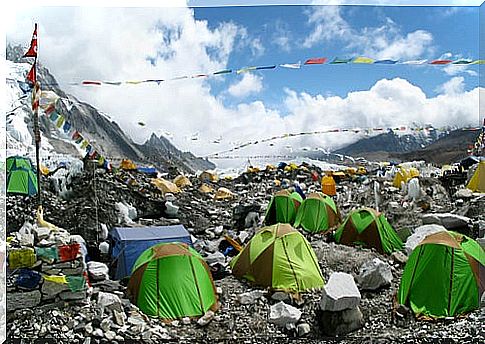
It is essential that on the first and second day from arrival at a certain height we stay resting in the hotel or do activities with very little effort. Climbers who want to climb Everest spend several days or up to two weeks at the base camp. You should allow your body to get used to the changes before demanding so much work.
2. Get ahead of symptoms
If we already know that we will go to a site at more than 2400 meters above sea level, we must be forewarned. A rule of the locals for travelers to avoid altitude sickness is :
3. Medical consultation
At the first symptoms of pointing or mountain sickness you should go to the doctor. Most hospitals or emergency rooms have oxygen tubes and devices to measure the level of oxygen in the blood.
Do not let hours go by until you go to the consultation. Even in the hotel or in the camps there are doctors 24 hours a day who can make an assessment of your condition.
4. Medication
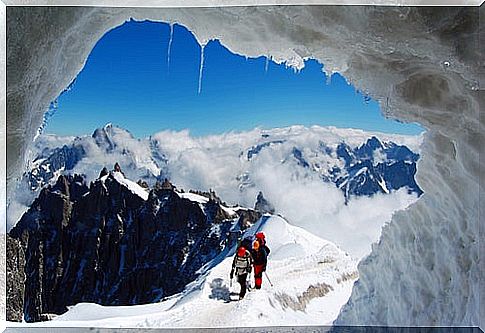
Some travelers choose to take anti-inflammatories before going on a trip to a place in height to alleviate symptoms such as headaches. However, that may just be a way to “cover up” the problem. You can also get pills that improve blood flow to the brain and increase breathing capacity. They are sold freely.
The most effective formulas are usually those used by the locals themselves, such as coca leaves in Peru. They do not have narcotic effects and are of great help to alleviate the effects of mountain sickness.
Finally, we recommend that you do not smoke the days before and during the trip, since tobacco reduces lung capacity. It is also not advisable to drink alcohol, as it induces dehydration.




